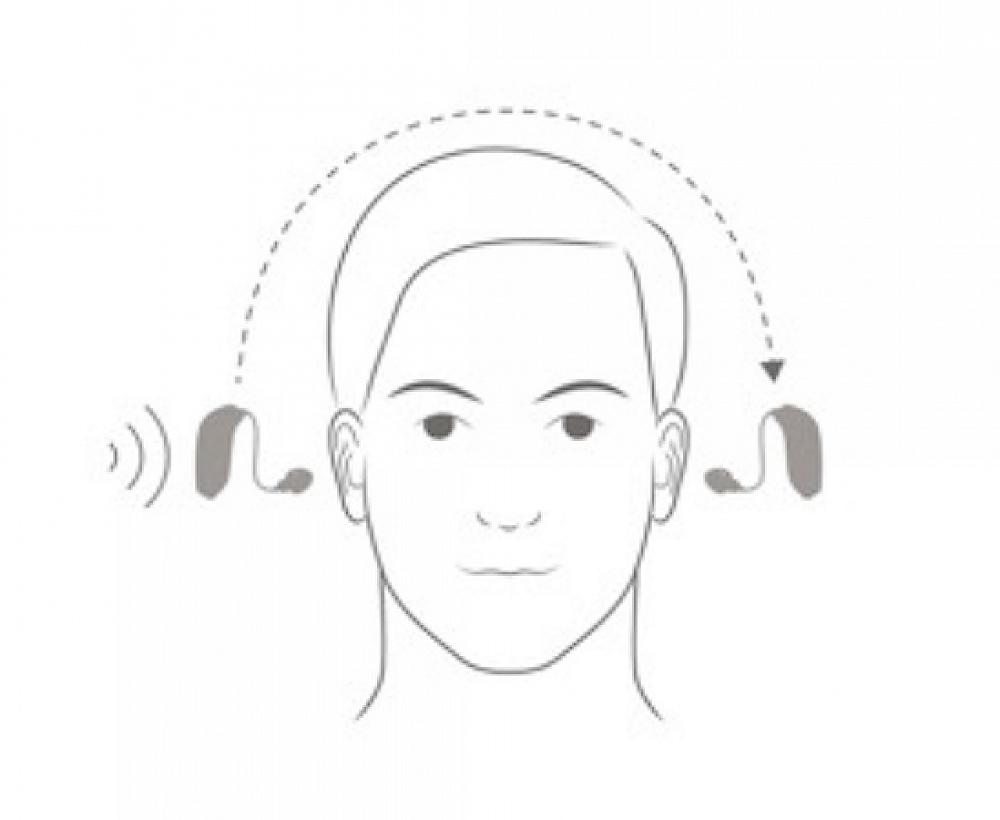Posted Monday April 25, 2022
Our clients tell us they have poor (or no) hearing in one ear. Lying in bed with their good ear on a pillow they won’t hear, and frequently they don’t hear what’s being said when people talk into their “bad” ear, so they often appear rude, distracted or disinterested.
People with SSD typically perform poorly in noise and difficult listening environments and are likely to also be coping with tinnitus. Children with the condition can often be distracted and easily go off task in a learning environment and have difficulty locating the direction a sound came from, and many have poor balance.
What help is available?
Diagnosis can help immensely to know what you’re dealing with. If you have SSD be sure to ask at your next visit to our clinics what help and solutions might be helpful.
Many hearing aid companies produce wireless CROS transmitters. When worn on the affected side coupled with a hearing aid in your better ear they help overcome what is known as the “head shadow” effect. A microphone worn on the “bad” ear picks up sounds and transmits them wirelessly to a hearing aid worn on the ear with normal hearing. If you also have hearing loss in your better hear, a BiCROS system can be set up.

Remote microphones with FM systems can also assist by transmitting sound directly into your “good” ear. In certain situations a bone anchored hearing aid (BAHA) or cochlear implant can also help.
If you have SSD try and sit where you can take advantage of your better ear, or help your child learn to do this. And when crossing the road make sure to look several times in both directions to ensure there is no oncoming traffic.
For more information see The Hearing Journal: March 2015 - Volume 68 - Issue 3 - p 20,22,23,24
doi: 10.1097/01.HJ.0000462425.03503.d6



